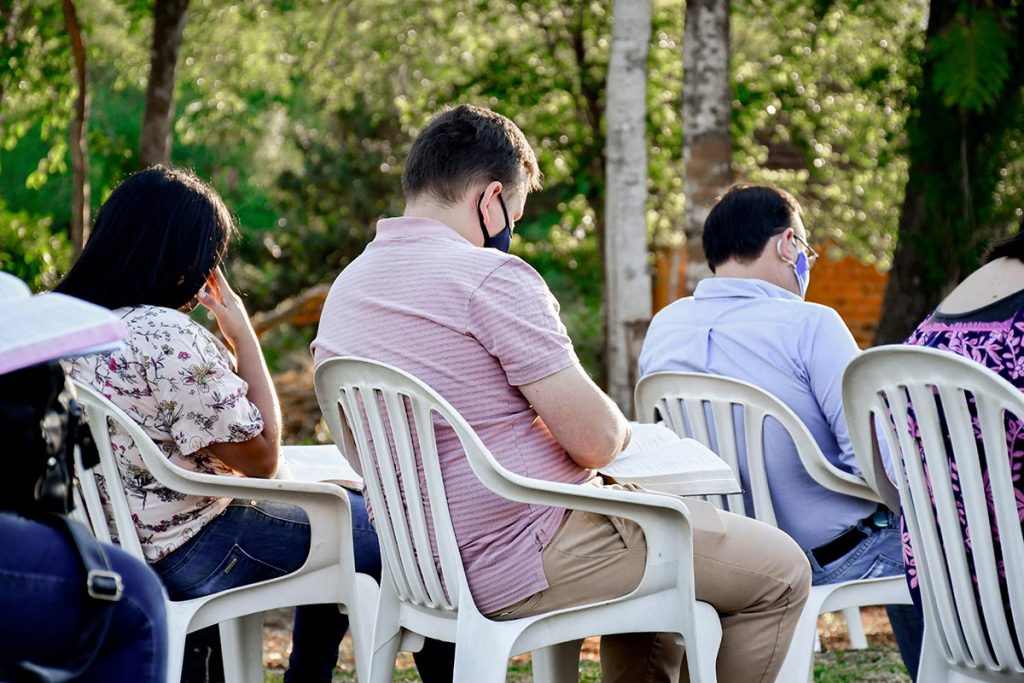
The human body was built for movement and physical activity and not for a sedentary lifestyle. Unfortunately, many people live sedentary lifestyles because of factors like daily use of technology, aging or medical conditions. Musculoskeletal inactivity can lead to disuse syndrome in which the body’s systems deteriorate due to lack of use.
What is Disuse Syndrome?
Being inactive is hard on the body. Disuse syndrome is a name for a condition that develops when you do not get enough physical activity. After just a short time of little or no movement, the effects of inactivity on the body become noticeable. They include the following.
- Muscles
Without regular use, inactive muscles will stiffen and weaken and may shrivel as time goes one. Have you ever noticed leg pain and stiffness after inactivity? It is an early sign of disuse syndrome, if not due to an injury. Weakened muscles are more at risk of injury.
- Joints
Joints stay healthy through movement. Movement increases the circulation of the blood which brings nutrients and oxygen to the joints. Using your joints also increases the flow of synovial fluid which is the fluid in the joints that cushions bones and helps them move smoothly with reduced friction. Inactivity leads to weakened joints and the surrounding tissues of muscles, ligaments and tendons. Joint range of motion and flexibility is reduced or lost.
- Bones
Movement, especially weight-bearing activity, is also necessary for the delivery of nutrients to the bones. Regular exercise helps maintain bone density and strength, while immobility leads to bone loss and the development of diseases like osteoporosis, a degenerative disease leading to chronic pain.
- Cardiovascular System
Inactivity weakens the heart’s ability to function. The heart is a muscle and needs exercise to continue efficiently pumping blood to the rest of the body. Your blood pressure increases and your blood plasma volume decreases.
These are some of the effects of prolonged inactivity. Additional effects include a reduced hormone response, reduction in the oxygen-carrying red blood cells and a suppressed immune system, to name a few.
Symptoms of Lack of Exercise
Your body lets you know you are not getting enough exercise, like leg pain and stiffness after inactivity. According to the Centers for Disease Control, only 1-out-of-5 adults get enough exercise. The lack of exercise symptoms vary but are commonly the following.

Development of diseases like osteoporosis, type 2 diabetes, high blood pressure, heart disease, etc.
- Obesity
- Muscles weak, prone to injury and unable to hold the weight of the body, leading to more weight placed on the skeletal system
- Poor posture due to weak abdomen muscles which leads to chronic neck and back pain
- Stiff painful joints
- Weak bones prone to easily breaking
- Lower back pain
- Difficulty with balance so prone to falling
The various symptoms of too much inactivity can lead to chronic pain in numerous ways. For example, you live with painful joints or frequent bone fractures or chronic lower back pain. When the muscles are unable to do their job, your spine may experience an extra weight load that leads to chronic spine pain.
Chronic Pain and Inactivity
Large medical studies have shown that people who are more physically active can lower their risk for chronic pain development or ease some of the pain. Unfortunately, the tendency in some people experiencing chronic pain, especially older adults, is to be less physically active.
Chronic pain affects approximately 60-75 percent of older U.S. adults. A recent study by Penn State researchers found that people who feel hopeless or “catastrophized” about pain were more likely to be sedentary throughout the day, instead of more active. It only makes chronic body pain worse.
Chronic pain is a physical and mental condition in that you must be willing to remain positive and continue moving. Feeling hopeless will only make the situation worse.
Talk to Your Doctor
If you are inactive and are ready to introduce exercise into your lifestyle to better manage chronic pain, talk to your doctor first – especially if you have a medical condition. The doctor can provide guidance on the appropriate exercises or activities for improving general health and reducing chronic pain or direct you to the best resources. A common mistake inactive people make is trying to do too much too fast, injuring themselves or getting discouraged and quitting. The goal is to get active and stay active for a lifetime.
Sources
- https://www.bones.nih.gov/health-info/bone/osteoporosis/conditions-behaviors/bed-rest
- https://www.cdc.gov/chronicdisease/resources/publications/factsheets/physical-activity.htm
- https://www.ncbi.nlm.nih.gov/pmc/articles/PMC5303119/
- https://www.sciencedaily.com/releases/2020/08/200825160549.htm
